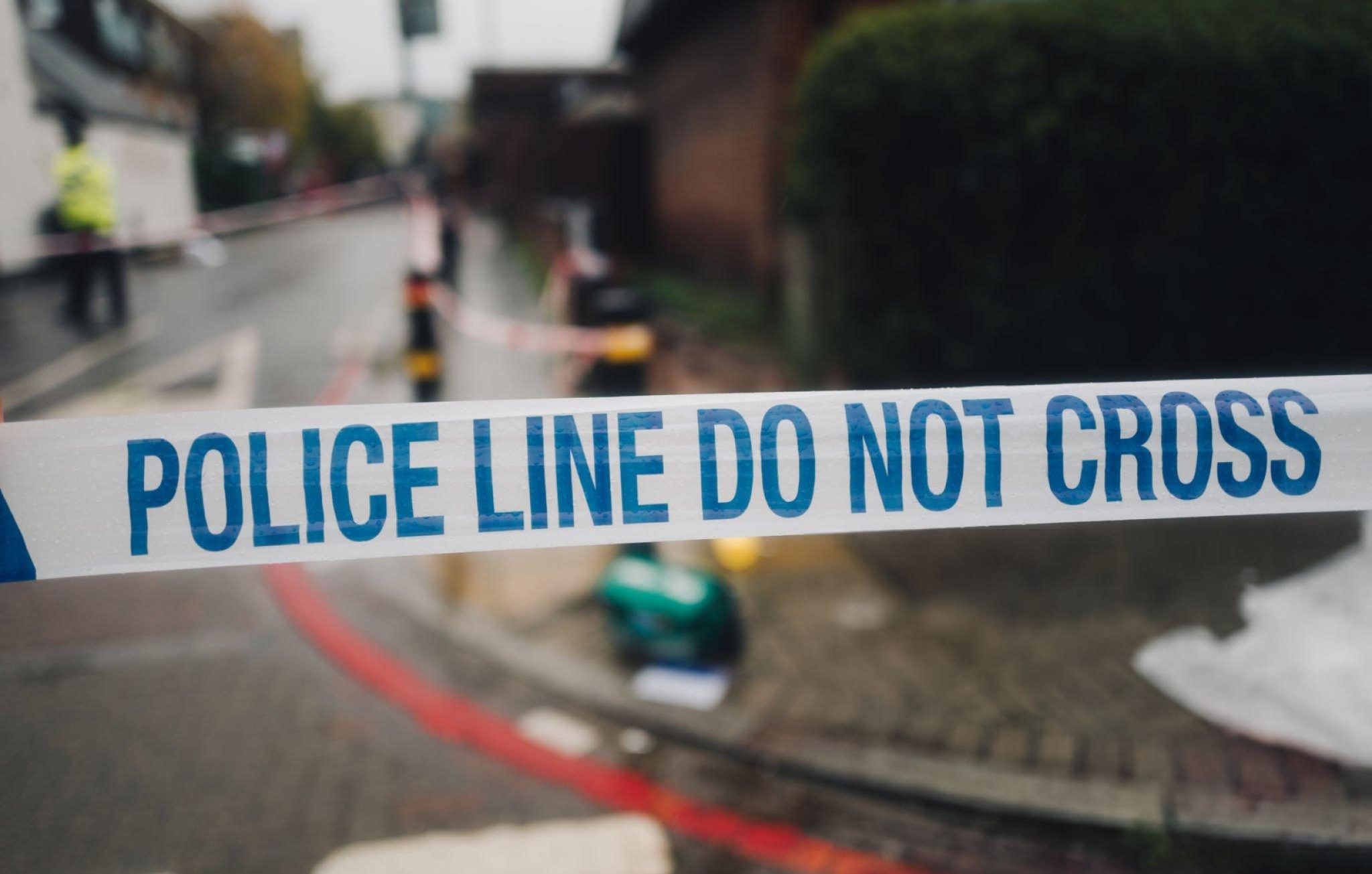The tragic death of a pedestrian struck by an e-bike in London has reignited urgent calls for a robust crackdown on reckless cyclists, particularly those who flout traffic laws with impunity. The incident occurred in February when the victim, attempting to cross the road in front of a bus, was hit by an e-cyclist and later succumbed to his injuries in April. While it appears the pedestrian stepped into the cyclist’s path, the tragedy has become emblematic of a broader, deeply troubling issue on London’s streets.
Anyone who regularly navigates London on foot will be painfully familiar with the hazards at pedestrian crossings — particularly where the signal indicates it’s safe to cross. Cyclists, including e-bike riders, are increasingly ignoring red lights and green man indicators, often hurtling across junctions with little regard for those on foot. It’s not a handful of offenders either — it’s enough to make even the most confident pedestrian double-check before stepping off the kerb.
As of April 2025, data from London’s Royal Parks shows that 9 pedestrians were struck by cyclists, with 18 near misses also recorded in just over a year. The numbers are stark across the city: in 2023 alone, there were three pedestrian deaths and over 600 serious injuries resulting from cycling incidents. And those are just the reported figures. Many incidents — particularly minor but distressing ones — go unreported, as injured pedestrians quietly head to A&E, resigned to the fact that no action will be taken.
The issue is compounded by the growing popularity of electric bikes and battery-fitted cycles. These machines are significantly heavier and faster than traditional bicycles, increasing the likelihood of fatal consequences in a collision. Despite their increased risk profile, there is currently no requirement for riders to undergo any form of training or testing — not even a basic cycling proficiency check.
So, what can be done?
Some progress has been made. Former Conservative leader Iain Duncan Smith successfully pushed for increased penalties for reckless cycling, a move that caused consternation within parts of the cycling community. But legislation alone will achieve little without active enforcement.
One practical approach could be an expansion of the City of London Police’s bicycle patrol scheme. Officers on bikes are well placed to pursue and stop errant cyclists in a way that foot patrols cannot. Elsewhere, patrol cars positioned strategically could be used to stop cyclists who barrel through red lights or dangerously weave between pedestrians.
Of course, enforcement can’t happen everywhere all at once. But targeted operations — unannounced and spread across different locations — could work as an effective deterrent. Just as motorists are kept in check by the knowledge that speed traps might be active, so too should cyclists be made to think twice before flouting the law.
What should happen once offenders are caught? Simple measures such as on-the-spot fines of £200, confiscation of bikes for serious breaches, or automatic deductions from hire-bike accounts could send a strong message. For major incidents, such as the one which led to this most recent fatality, full legal proceedings would be appropriate.
But enforcement alone won’t solve the issue. London’s Mayor could take a leading role in awareness-raising. Funds used on arguably less urgent campaigns — such as those targeting public behaviour on the Tube — might be better directed toward promoting cycling responsibility and public safety.
It’s important, too, to acknowledge that cyclists are vulnerable road users themselves, often endangered by careless drivers. But that does not give them a free pass to endanger those even more vulnerable — the pedestrian. Safety must work both ways.
London is a shared city, and that means shared responsibility. Now is the time for action, not just talk.






